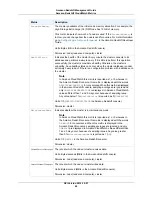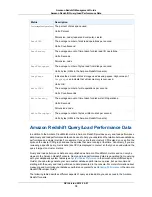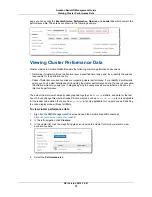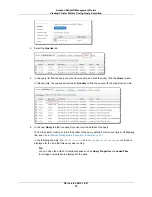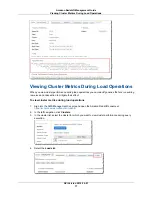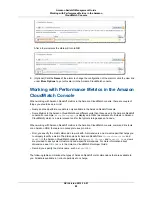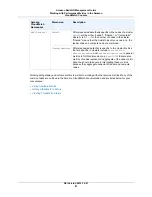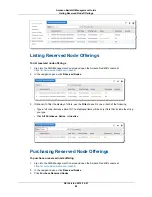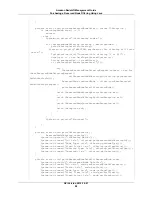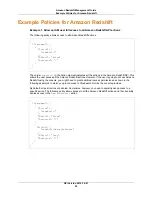
account will be billed for the up-front and recurring charges of the reserved nodes that you purchased.
Amazon Redshift has a predefined list of the reserved node offerings that are available for purchase.
Each offering describes the node type, the duration for which it will be reserved, offering type, and fixed
and recurring charges. From the Amazon Redshift console, you select these values. You can also obtain
a list of available offerings by using the Amazon Redshift API. Each offering has a unique ID that you can
use to identify the one that you intend to purchase.
To purchase a reserved node, you pick a reserved node offering that matches your cluster's node type
and region. You can also specify the quantity of reserved node offerings that you'd like to purchase. If
you are purchasing a reserved node by programmatically, the region is determined by the endpoint that
you are using. If you are purchasing a reserved node by using the Amazon Redshift console, you can
use the region selector.
When you purchase reserved node offerings, Amazon Redshift does not allocate any new resources for
your account. You must still create an Amazon Redshift cluster, but ensure that the cluster you create
matches the node-type and region of the reserved nodes you've purchased.
Note that the purchasing a reserved node offering is only a billing concept. If you are currently running
any on-demand nodes that match the description of the nodes you reserved, we will immediately start
billing usage of those nodes at the reserved node rate. Also any similar nodes that you run in excess of
the number of nodes you reserved will be billed at the normal rate Let’s look at the following examples:
• Suppose you have purchased three reserved node offerings of a specific type in a specific AWS region.
Now suppose you create two clusters in the same region, one with three nodes and another with two
nodes that use the same node type. After provisioning the clusters, Amazon Redshift will bill you the
reserved node rate for the first three nodes and on-demand hourly rate for the other two nodes.
• Suppose you already have a cluster running with two nodes and you are paying the on-demand hourly
rate. You then decided to use the cluster for a prolonged period, and purchased two reserved node
offerings. Your existing cluster will continue to function, except that Amazon Redshift will now bill you
the reserved node rate instead of hourly on-demand rate.
Purchasing a Reserved Node Offering with the
Amazon Redshift Console
Topics
•
Listing Reserved Node Offerings (p. 84)
•
Purchasing Reserved Node Offerings (p. 84)
This section explains how to purchase a reserved node offering and to view your existing reserved node
offerings by using the Amazon Redshift console. The reserved nodes list provides details about your
offerings. It is also where you go to purchase new nodes. When you select an offering in the list, details
of the offering are displayed.
The status of an offering may be
payment-pending
,
active
,
payment-failed
or
retired
. An offer
can not be used until the offering is active.
API Version 2012-12-01
83
Amazon Redshift Management Guide
Purchasing a Reserved Node Offering with the Console

